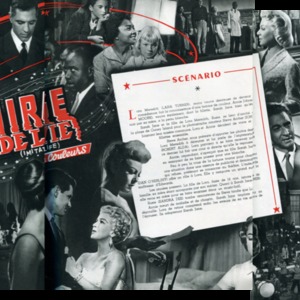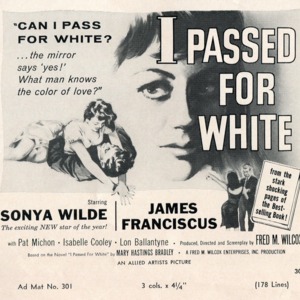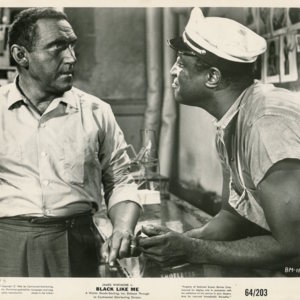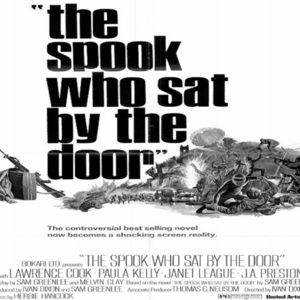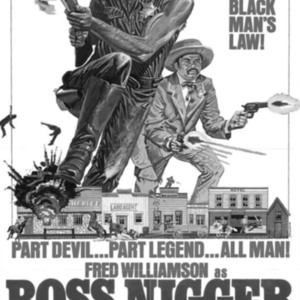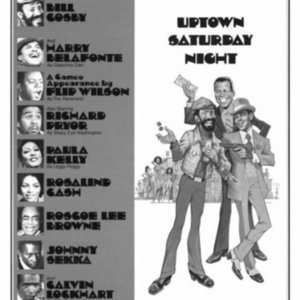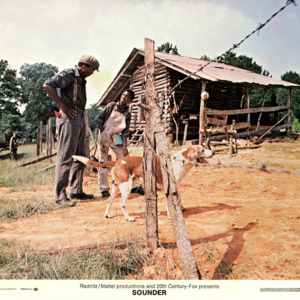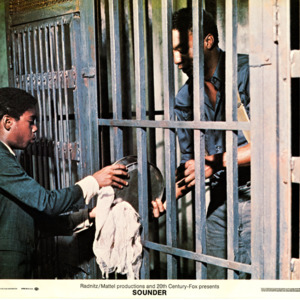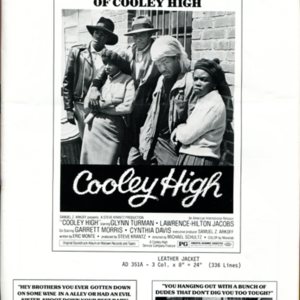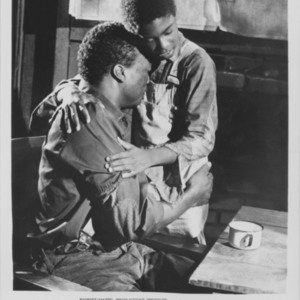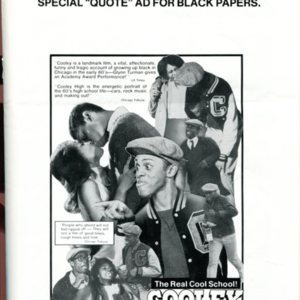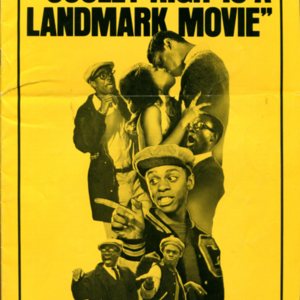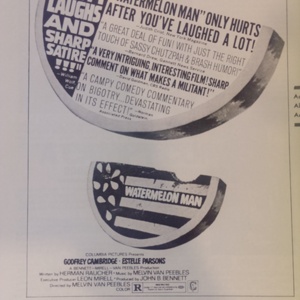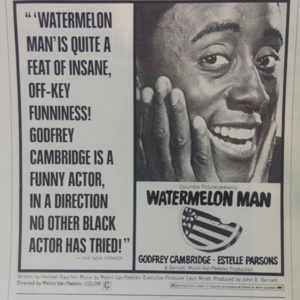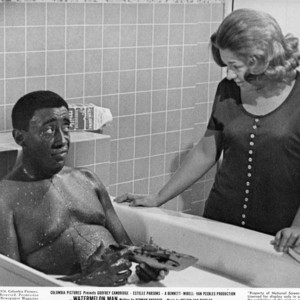Backed by a predominantly white population of directors, producers, and distributors, the Hollywood film industry was for decades able to exercise its authority in the kinds of ideals and representations it presented on screens without threat or risk. The rise in film popularity allowed for racist depictions and performances to move from the traditional avenues of stage and radio performances to movie screens nationwide. However, faced with industry-wide economic hardship near the end of World War II, Hollywood was forced to respond to the political times in order to keep their audience and stay financially afloat (Algeron Rhines 2). Under these circumstances, white filmmakers began to produce anti-white-supremacist films. With these films came the increasedsuccess and visibility of black actors, most notably Sidney Poitier. Major films produced between the 1940s and 1960s began to present stories that transcended color barriers and explored racial integration on-screen. By giving black actors a place in thespotlight, Hollywood believed this was enough to recapture their audience. However, this turn in production and filmmaking still left black audiences largely unsatisfied. Filmmakers often steered clear of presenting stories with a definitive a social and political message, and their films portrayed blacks, as well as black culture, unrealistically in order to appease white audiences. These circumstances significantly changed the face of the black independent film industry, evidenced by the popularization of Blaxploitation films.
One genre that attempted to improve on-screen representations of black was “race films.” Produced predominantly between 1915 and 1950, these films were typically made for black audiences and featured all-black casts and crews. Later, the political environment inspired by the Civil Rights Movement and heightened by the Black Power Movement led to an increase in demand for films expressing another side of black culture. The debut of Melvin Van Peebles’s “Sweet Sweetback’s Baadassss Song” in 1960 marked the inauguration of the “Blaxploitation” subgenre. “Sweetback” exhibits all of the qualities of traditional independent black film, as it was completely financed by Van Peebles and produced on a budget of just $500,00o, yet it also becamethe trendsetting “blueprint” for indie films to come, as it pushed the boundaries of black films of the time with its radical representations, and also introduced new filming methods (Gates 3). Following this film came the rise of the Blaxploitation era, in which filmmakers often portrayed representations grounded in hypermasculinity, hypersexualization, and “ghettoization”, essentially “overcompensat[ing] for the racist stereotypes inflicted on blacks” in the past (“The Rise and Fall” 88). In this way, the spectrum of black representations dramatically varied and evolved over the course of the 20th century.
This exhibit explores how representations of blacks and black culture vary from Hollywood to independently produced films. Within the themes of adolescence, passing, urban depictions, race relations, and race switching, we analyze the ways history, racial stereotypes, and racist caricatures are utilized, perpetuated, and sometimes negated in Hollywood and independent film promotional materials.
Algeron Rhines, Jesse. Black Film, White Money. New Brunswick, NJ: Rutgers UP, 1996. Print.
Gates, Racquel. “SUBVERTING HOLLYWOOD FROM THE INSIDE OUT: MELVIN VAN PEEBLES'S WATERMELON MAN” Film Quarterly, Vol. 68, No. 1 (Fall 2014), pp. 9-21.
Guerrero, E. 2011. The Rise and Fall of Blaxploitation. The Wiley-Blackwell History of American Film. 3:4:60.
